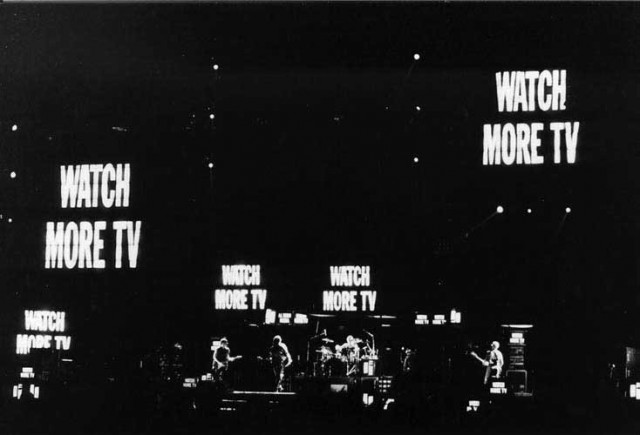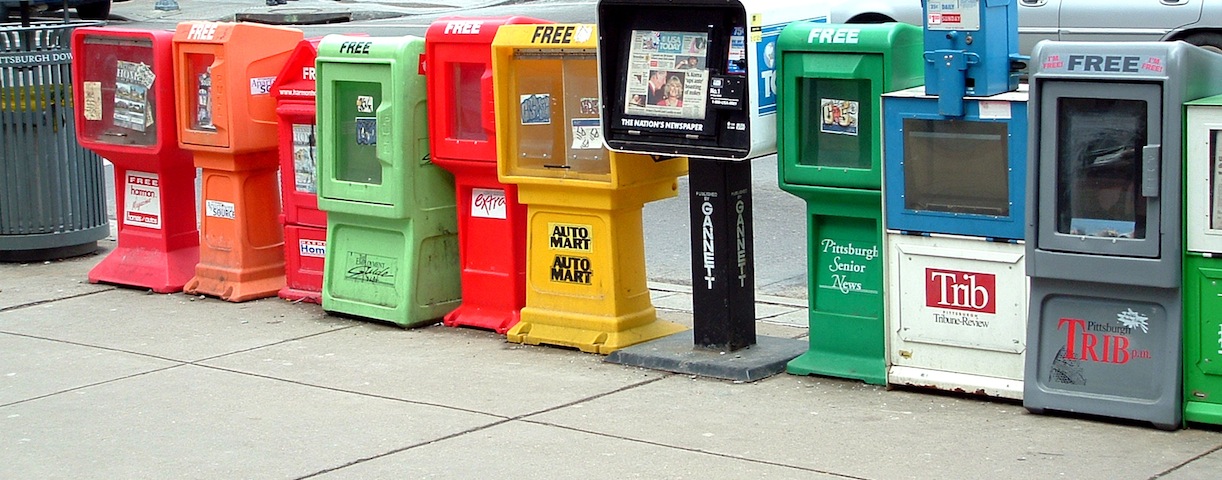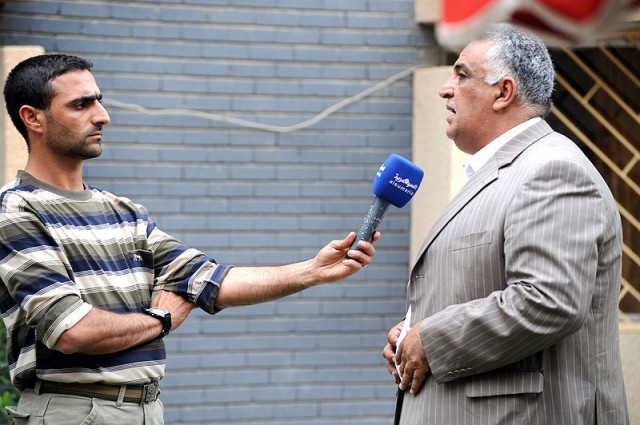On 702Sydney Mornings this month with Linda Mottram, we’re looking at at how the Internet is changing the way we watch TV.
- Differences between different services and how they work and how much they cost.
- Free-to-air or Pay-per-view. Just how much is available for free and how much isn’t?
- Limitations of catch-up services. How long are programs kept, how comprehensive is their collection?
- Limitations caused by copyright laws. Some overseas programs are either very difficult to view or impossible to view online. Will the technology advance mean these limitations will be irrelevant soon if not already?
- Nobody wants to squint at smartphones to watch nature documentaries do they? Is the quality really up to scratch? Alternatively, what do YOU as a computer/smartphone/tablet user need to know that your viewing experience is as enjoyable as possible?
- While catchup services are becoming more popular than ever, take up of internet based TV (IPTV) remains very low. Will this ever change? What will cause the change?
- If the catchup services’ popularity continues to grow – and there’s nothing to suggest it’ll slow down – wouldn’t commercial television need to re-examine their advertising based business models seriously?
- Main takeups of TV-watching on the net will be younger audiences, but it is quite often more mature and older audience who complain about the permeating advertising. What will it take older audience to flee further and significantly to Net-TV?
Some of the material we’ll be referring to in the program is the ACMA report on Online Video Content Services in Australia and Screen Australia’s What to Watch in an Online World.
Join us on 702 Sydney from shortly after 9.30am. We’ll probably take some calls on 1300 222 702 and we’d like to hear your views, comments or questions.




